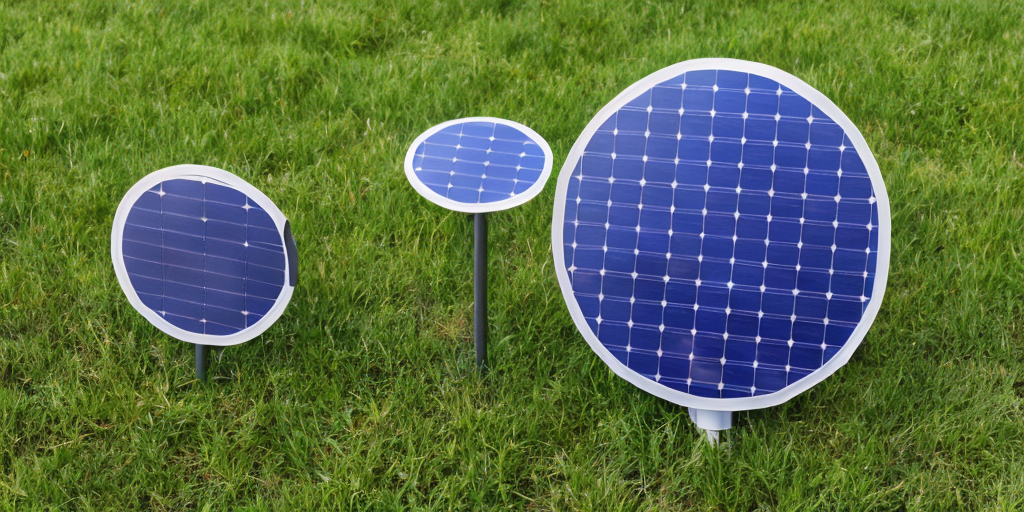What exists right now for someone who wants to make a very small solar project?
A family member of mine was hoping to put 1 or 2 panels on the roof of their ADU to power maybe just the small window air conditioner in it, or at least offset a lot of its energy use. Is there anything practical for doing this that doesn’t cost multiple thousands of dollars?
In my imagined setup, there would be 1-2 panels on the roof connected to a cheap consumer battery (something like a small ecoflow). The appliance would try and run only off the battery, but if the battery charge level dipped to low it would have some controller that would switch it to grid power until the charge level was back up. I would not want to feed any power into the grid, but I wouldn’t want the person living in the space to have to manually switch the power source between the battery and a regular outlet.
Sorry to be stuck on this, but this is a small house with only a few big appliances. Even in the summer, it’s possible there will be times when no AC nor refrigerator is running a compressor and all the lights are off while the panels are producing.
I have no illusions a small system will produce more daily energy than the house consumes. Agreed 100% – that is just not going to happen. My concern is about what happens if it momentarily does so? What if it is outproducing any demand for a few minutes? Will the panels just produce nothing if there’s no draw, or could something bad happen?
Appreciate your replies. Your post from earlier has been bookmarked for me and I want to try doing pretty much exactly that, but as a novice, my top priority is to not break anything.
A big danger is when the grid goes down and you start feeding back into the grid and create a hazard.
A hybrid inverter charged with solar is probably the way to go.
What exists right now for someone who wants to make a very small solar project?
this earlier post might give you an idea where to start
In my imagined setup, there would be 1-2 panels on the roof connected to a cheap consumer battery (something like a small ecoflow).
When the grid is present it’s much cheaper and easier to feed inverted solar power to the house and draw the A/C power from the house. Since the solar would be small there would never be any power from it reaching outside the house. This meets the “at least offset a lot of its energy use” goal with minimal expense and complication.
A system like that, it appears to me, doesn’t have any kind of controller associated with it. What happens if more power is being produced than the house is using? Is there a risk of accidentally feeding back through the meter and causing damage/getting in big trouble with your utility? There would be times when no appliances are running to eat up energy during the day.
Not arguing, to be clear. I have never done this and there’s some piece of the puzzle of DIY solar that has not clicked for me.
doesn’t have any kind of controller associated with it
There is no charge controller since there is no charging. The grid tie inverter runs the array at Vmp under present conditions.
Since the solar would be small there would never be any power from it reaching outside the house.
What happens if more power is being produced than the house is using?
A toy system isn’t in any danger of outstripping house demand; the average US household consumes something like 30kWh every day.
Using the maximal version of the setup in that list (400w) somewhere representative like Salt Lake City on the best month would make something like ~2.6kWh/day, and a max output of 340w. It won’t even keep up with the A/C load.there’s some piece of the puzzle of DIY solar that has not clicked for me
The missing part is the math, which tools like PVwatts will help clarify.
I have no concern that the panels will outproduce daily household demands. That is just absolutely not going to happen. Totally understood there.
My concern is that it is a quite small house. It only has 4 major electrical appliances – a fridge, a 110V window AC in the ADU, a bigger 240V central AC unit, and a cooker. It’s easy to imagine minutes or hours at a time, when none of these major appliances are running and we’re just contending with trivial draws. If it’s noon on a mild day, no one is home, and all those thermostats are satisfied, what happens to the extra excess the panels produce?
Assuming the combined trivial draws are not consuming available solar power: my understanding is that the inverter in the article will push the power to the grid as long as the grid is present. If the grid goes away (blackout) no power will be made. There are inverters that monitor net current and can derate themselves to prevent backfeeding, but I have no experience with them.
I think the first practical step would be looking at what the house actually consumes during the day. Maybe setup a 100w system to run the trivial background loads.
That’s what I understood, as well.
My utility requires full permitting and prior approval for any kind of grid-tied solar and has to upgrade your meter to support it, as I understand it. I went through the whole process for the (professionally installed) system on my own roof. My family member, obviously, has not.
I don’t know what happens if they were to send any amount of energy back through the meter and into the grid, with their current meter. If the energy were to just disappear into the grid, that would be great. It would only be tiny amounts of otherwise-wasted energy, so there’s no reason to care about it being accidentally given away. But if there’s any possibility it would be detected by the utility or even damage the meter, that could potentially be very bad. And I don’t even know how to find out what is likely to happen.
I appreciate all your replies. I’ve always found frustratingly little information about building any kind of small solar project other than fully off-grid ones. Your posts have been super helpful at seeing what the actual bare minimums are.
depends on the use case I guess.
you could electrify the garden fence with a 20w panel and a car battery.
if you’re thinking of basic electricity for a garage or something then you’ll need the associated hardware - bigger panels, charge controller, batteries, shunt to measure, inline fuses, wiring/fusebox, etc.
depends how deep you want to go



